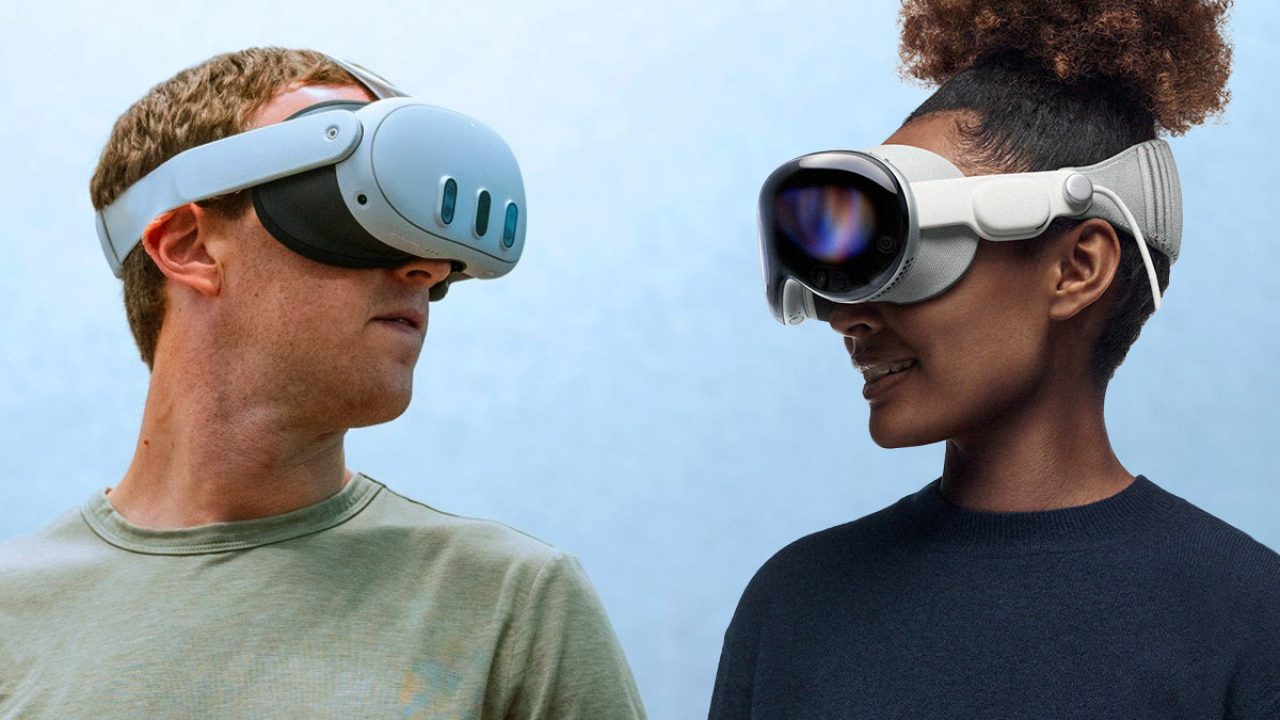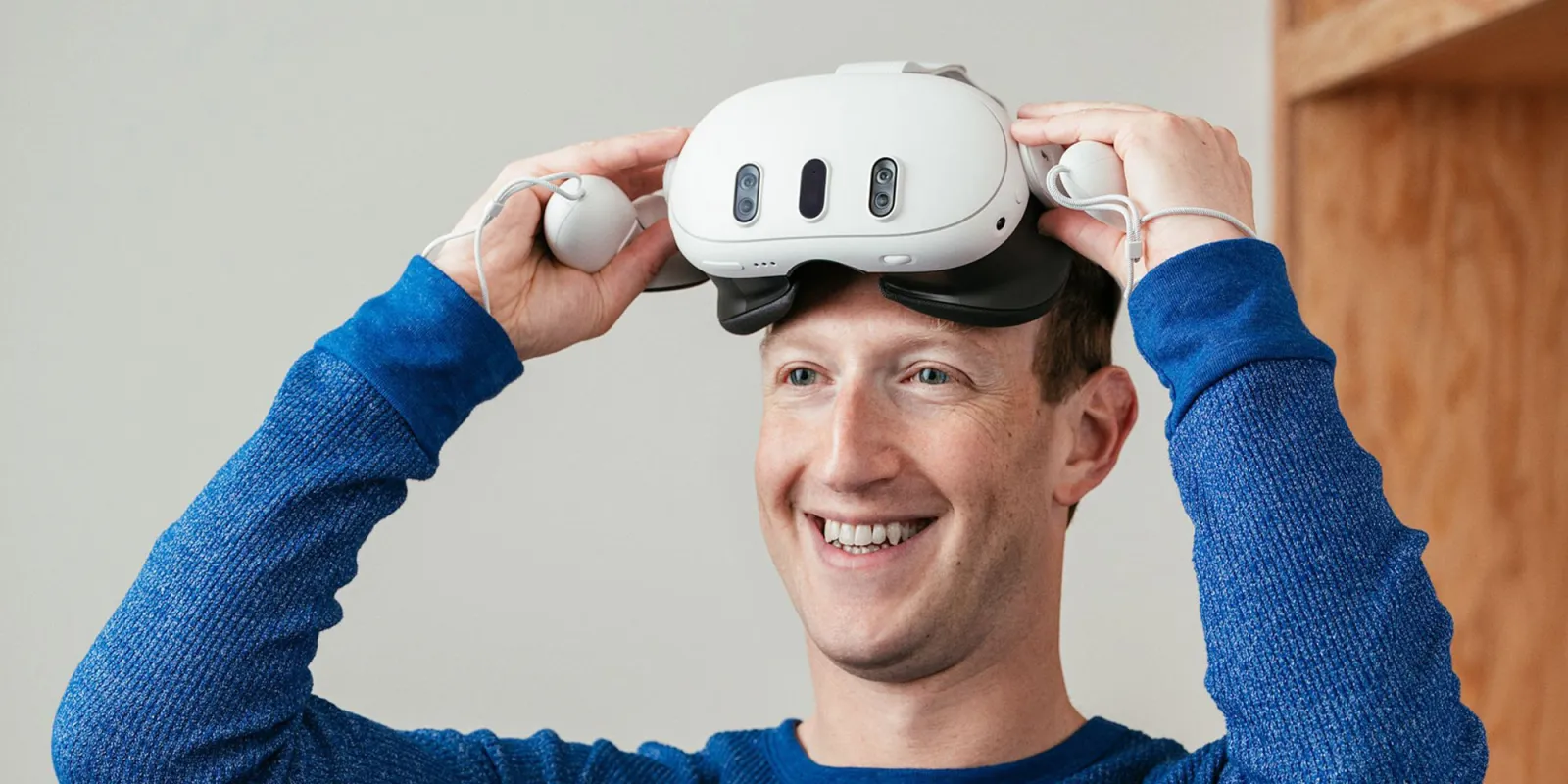Apple Inc. is intensifying its efforts to compete with Meta Platforms Inc. in the mixed-reality headset market. According to Bloomberg columnist Mark Gurman, Apple is working on several new devices, including a discounted version of its Vision Pro headset, expected to be ready by next year. This move comes as Apple faces criticism for its current headset, which has been noted for being heavy, expensive, and occasionally too hot to handle.
In his latest “Power On” newsletter, Gurman revealed that Apple’s Vision Pro team is developing at least four new devices to address existing concerns. Among these is a low-cost variant of the Vision Pro, which is projected to be priced around $2,000.
This more affordable model is anticipated to significantly boost unit sales, potentially doubling the sales figures of the original product. Additionally, Apple is planning a second-generation Vision Pro, set for release in 2026, further extending its product lineup in the mixed-reality segment.

Aside from the new headset, Apple is exploring the launch of smart glasses aimed at competing with Meta’s Ray-Ban offerings, as well as AirPods equipped with cameras by 2027. Gurman pointed out that Apple’s current challenges stem from its slower pace of technological advancements, noting that the company is no longer leading in several critical new technologies, which presents a pressing concern for the tech giant.
While Apple grapples with these issues, Meta continues to thrive in the market, having recently introduced its lightweight and affordable Ray-Ban smart glasses. Meta has also released new AI features and holographic glasses, which CEO Mark Zuckerberg described as the first full holographic augmented reality glasses available. This positions Meta favorably in the competitive field, particularly as they explore potential collaborations to drive further innovation.
Amid these developments, it’s worth noting that Apple previously declined Meta’s proposal to integrate its AI chatbot, Llama, into the iPhone, citing privacy concerns. This rejection illustrates the ongoing competitive tensions between the two tech giants, as both seek to establish themselves as leaders in the mixed-reality and augmented-reality sectors.







Leave a Reply